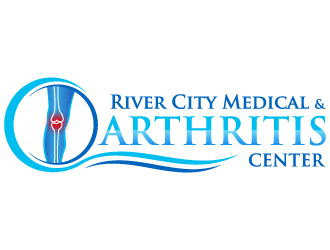Sjogren’s Syndrome (SS)




Sjogren’s Syndrome (SS) is a debilitating autoimmune disorder. Salivary and lacrimal gland involvement is prominent and associated with decreased production of saliva and tears. Other components of the body that are commonly involved include the skin and the urogenital, respiratory and gastrointestinal tracts.
Reported prevalence of primary SS vary widely, form 0.05% to 4.8% of the population and SS frequency appears to increase with age. The diagnosis usually is made in midlife, but SS may occur at any age. The onset most often is insidious, and diagnosis may be delayed for a number of years. The disease is more common in females.
The criteria for classification of SS include
Ocular symptoms: a positive response to at least one:
-
Have you had daily, persistent, troublesome dry eyes for more than three months?
-
Do you have a recurrent sensation of sand or gravel in the eyes?
-
Do you use tear substitutes more than three times a day?
Oral symptoms: a positive response to at least one:
-
Have you had a daily feeling of dry mouth for more than three months?
-
Have you had recurrently or persistently swollen salivary glands as an adult?
-
Do you frequently drink liquids to aid in swallowing dry food?
Ocular signs: a positive result of at least one:
-
Schirmer’s test (<5 mm in 5 minutes)
-
Rose Bengal score or other ocular dye score (>4)
Histopathology: In minor salivary glands focal lymphocytic sialoadenitis defined as more than 50 lymphocytes per 4 mm2 of glandular tissue.
Salivary gland involvement: a positive result of at least one:
-
Unstimulated whole salivary flow (<1.5 ml in 15 minutes)
-
Parotid sialography showing punctuate, cavitary or destructive pattern without obstruction
-
Salivary scintigraphy showing delayed uptake, reduced concentration or delayed excretion
Autoantibodies: presence in the serum of the following autoantibodies:
-
Antibodies to SSA/Ro or SSB/La antigens, or both
For primary SS, three or four criteria must be met. For secondary SS, a patient must have an existing autoimmune disease plus two of the criteria.
The pathogenesis of SS remains unknown. It is thought that an as yet unidentified environmental agent (like a virus) may trigger a cascade of events in genetically susceptible hosts, resulting in the development of SS. Due to the striking predominance of SS in women, it has been postulated that hormonal factors have a role in disease pathogenesis. Genetic factors also may have a role. Family members have an increased incidence of SS.
The cardinal manifestations of SS are oral and ocular symptoms and signs of dryness, the presence of autoantibodies, and a positive labial salivary gland biopsy. Other manifestations can include cutaneous lesions, arthritis, respiratory symptoms, peripheral neuropathy, irritable bladder and swollen lymph glands.
The diagnosis can be made with a thorough history and examination. This can then be accompanied by some blood tests to assess for autoantibodies. Also, Schirmer’s test can objectively assess for ocular dryness while a biopsy of the minor salivary glands can tell if SS is causing oral dryness.
Patient education on the manifestations and treatment of the disease minimizes complications.
Treatment of dry eyes includes tear replacement as well as ocular or systemic medications. Frequent dental care is important to prevent careies in people with dry mouth. Sugar-free chewing gum or candies may stimulate sufficient salivary secretions. If not, medications to increase salivary flow need to be instituted.
